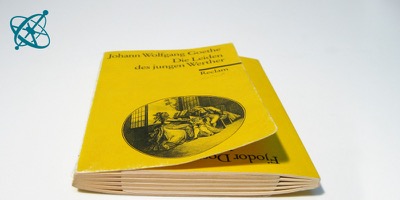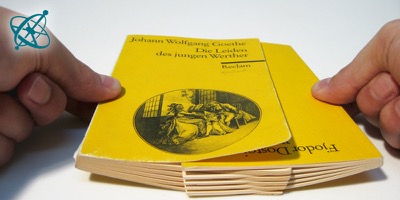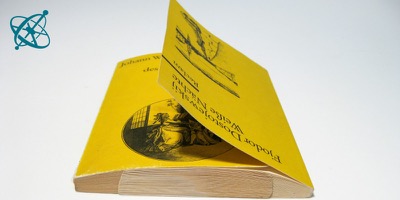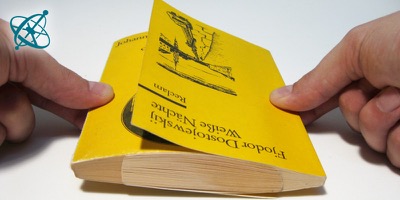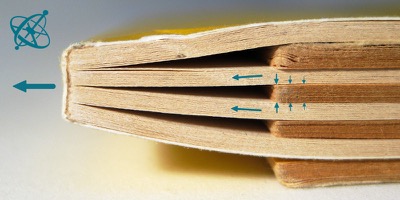 www.sciensation.org | Ciênsação hands-on experiments are published as Open Educational resources under a Creative Commons Attribution-ShareAlike 4.0 International License.
www.sciensation.org | Ciênsação hands-on experiments are published as Open Educational resources under a Creative Commons Attribution-ShareAlike 4.0 International License.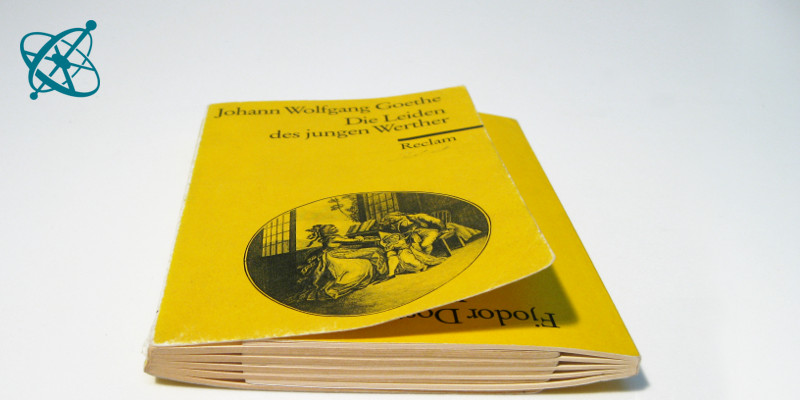
If you interleave books like this…
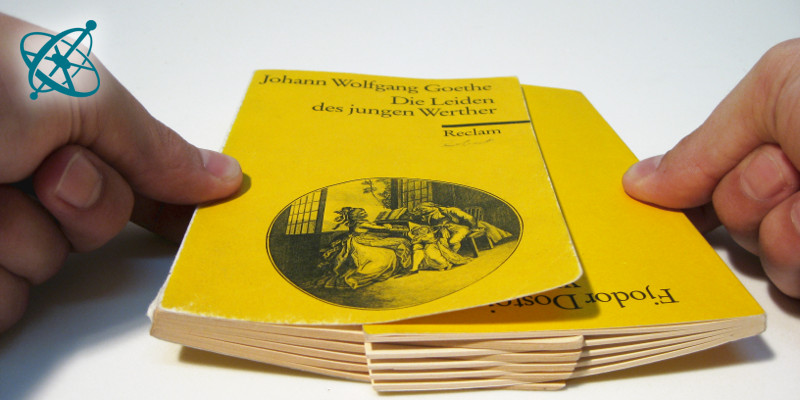
…you can pull them apart. But…
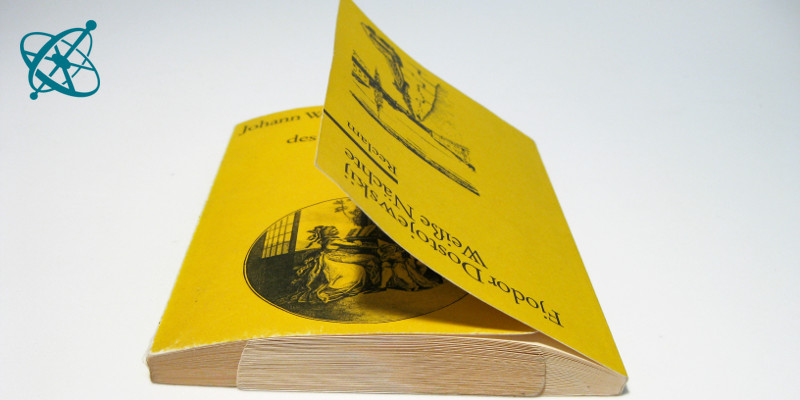
…if you interleave single pages,…
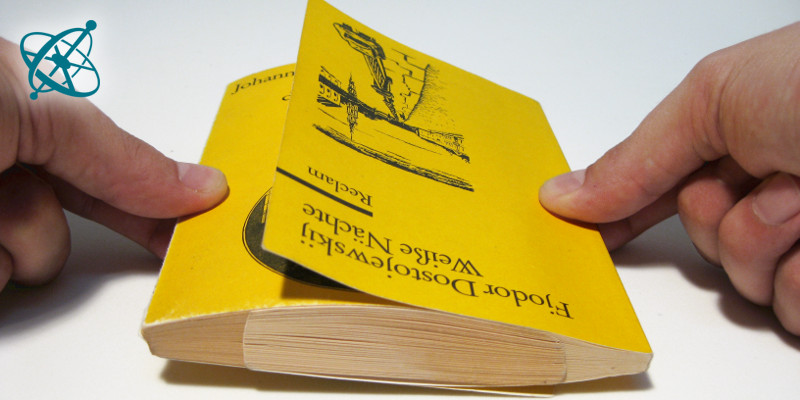
…it is almost impossible to pull them apart.
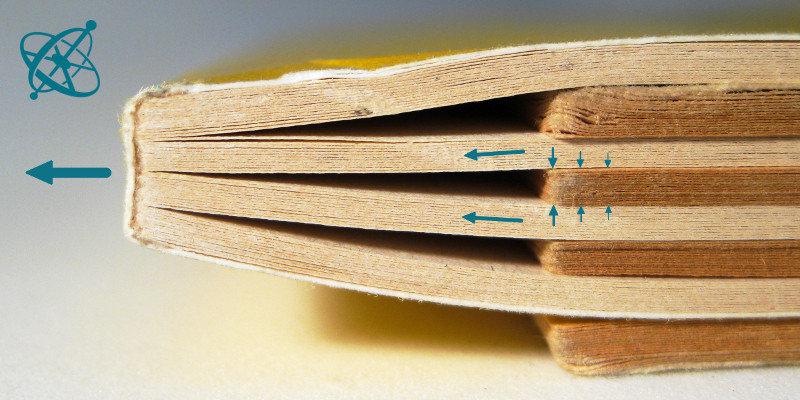
The more you pull, the more the pages press onto each other.
Inseparable books
It is really hard to pull apart two interleaved books, even if you apply heavy machinery. But then again, drawing a single sheet out from between the pages of a book is not a problem. So when and why does it become difficult?
Addressing the misconception that friction depends on the weight of an object.
Friction force depends on material properties and the force pressing the surfaces together.
Please be careful, the forces studied in this experiment can be very strong.
Take two books and interleave their sides as if you where shuffling two stacks of cards together. Start with roughly 30 pages of one book, then 30 of the other, then again 30 from the first, and so on. Holding the books at their spines, slowly try to pull them apart.
1. If you repeat the experiment, this time interleaving single pages from each book, why is it so much harder to pull the books apart?
What force holds the books together?
› Friction between the pages.
What does dry friction force depend on?
› The material properties and the force pressing the surfaces together.
Are the material properties different in the two cases?
› No, it is just paper on paper.
Does the mass of the books change?
› No.
So can it be the books' weight alone that presses the pages together?
› No. In the case of single interleaved pages it practically makes no difference if you hold the books vertically or horizontally during the experiment.
What other force is at play in this experiment?
› The pulling force. By pulling on the spines, the pages of one book act like forceps on the pages of the opposite book; the stronger you pull, the stronger they hold on to the other pages.
Why is this effect stronger for single interleaved pages?
› A smaller opening angle of these 'forceps' results in a larger region in which these 'forceps' can 'pinch' the pages of the opposite book.
The primary goal of this experiment is for your students to find out that it is not the books' weight that causes the friction holding the books together – a common misconception after students studied friction primarily in situations where the gravitational force presses surfaces together.
The two books are indeed held together by friction. This friction force depends on the material properties as well as on the force pressing the surfaces together. When drawing on the books' spines, where the pages lie closer together than in the section where the two books are interleaved, a part of the pulling force actually increases this load and thus amplifies the friction force in a nonlinear way [Alarcon et al. (2015)].
